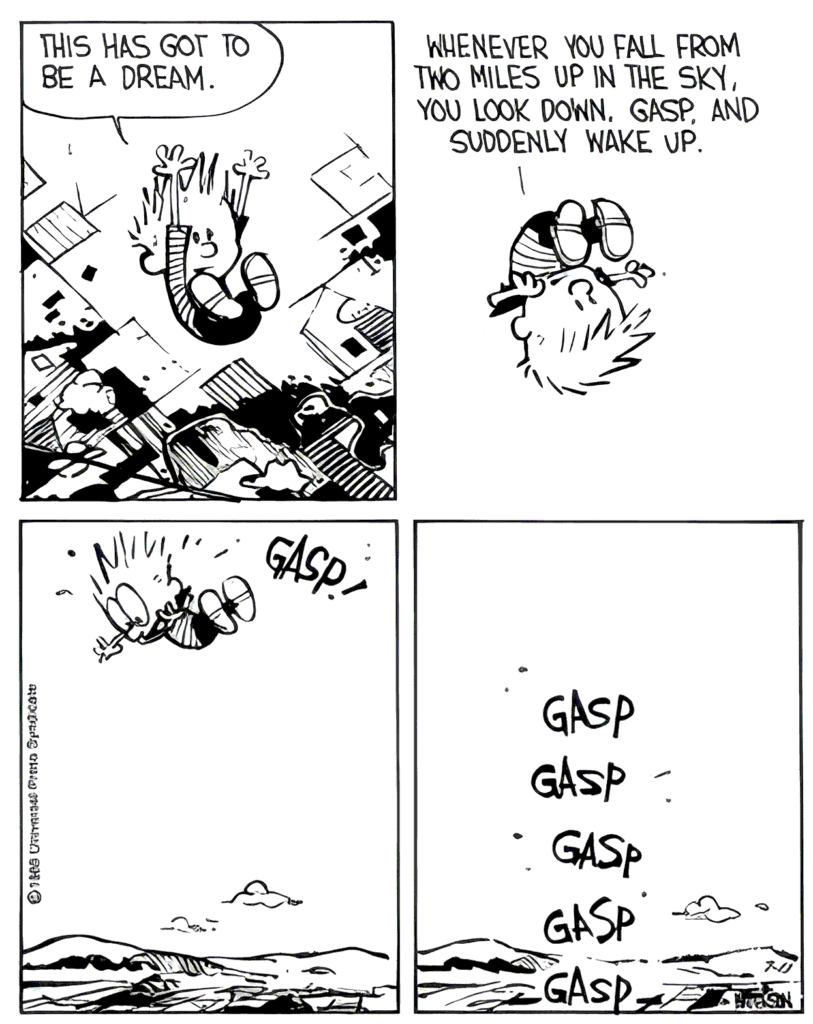Easter
Easter Sunday. I do not believe that a man can rise from the dead.
Well, what do I believe?
Easter is a relic of a pagan rite of spring in which an exalted one is sacrificed to the gods to ensure the onset of summer. We’ll freeze to death unless we do it.
Today we have better theories of how the universe works. But there’s still a lot we don’t know. The continuing theme of The Establishment is that everything is now known and settled. There is nothing new left to be discovered. The low-hanging fruit has all been picked. The famous example is Lord Kelvin’s statement in 1897: “There is nothing new to be discovered in physics now. All that remains is more and more precise measurement”
There was no room in the theories for x-rays, radio, atomic energy, superconductivity, or quantum physics.
The more precisely we measure, the more complexity we find. Atoms were the absolute minimum–the word is from Greek “atomos.” The prefix “a-” means “not” and the word “tomos” means “cut.” Uncuttable.
But then it turned out that you could cut an atom into parts. Atoms are made of protons, neutrons, and electrons. Okay, finally that was settled. But then it was discovered that protons and neutrons are made of quarks. And not just one quark, there are six different quarks.
So, is it quarks all the way down? Or could quarks be cut, too?
The modern world has the same smug assurance that nothing new will ever be discovered except for refinements of existing theory and practice. Anything that would overturn existing theory must not be investigated–thus the shunning of cold fusion researchers.
The future is going to be different. The Establishment cannot let that happen. The Establishment built the Large Hadron Collider for $13 billion and it has discovered nothing new, so now the Establishment wants $25 billion to make a new collider four times as big.

